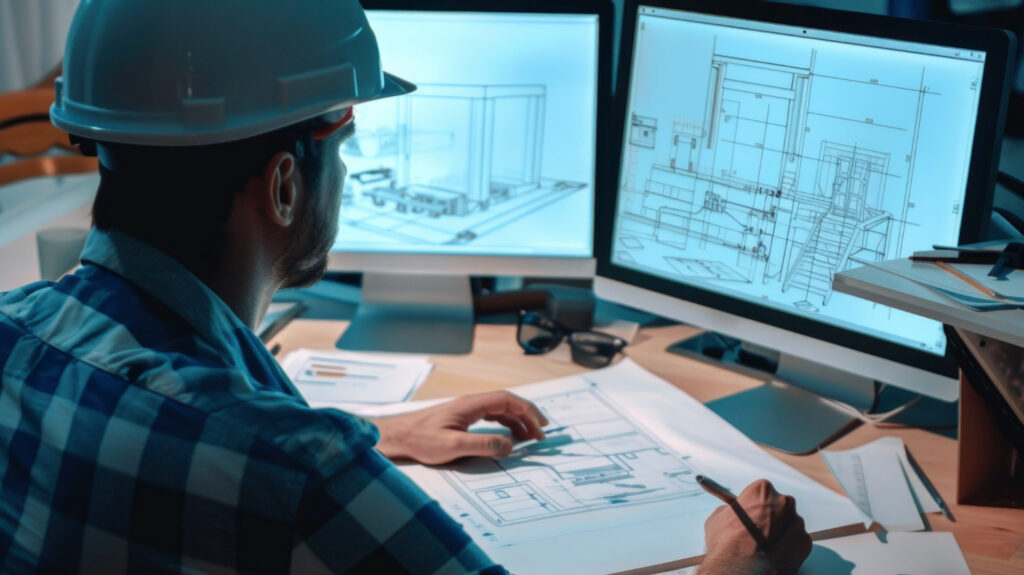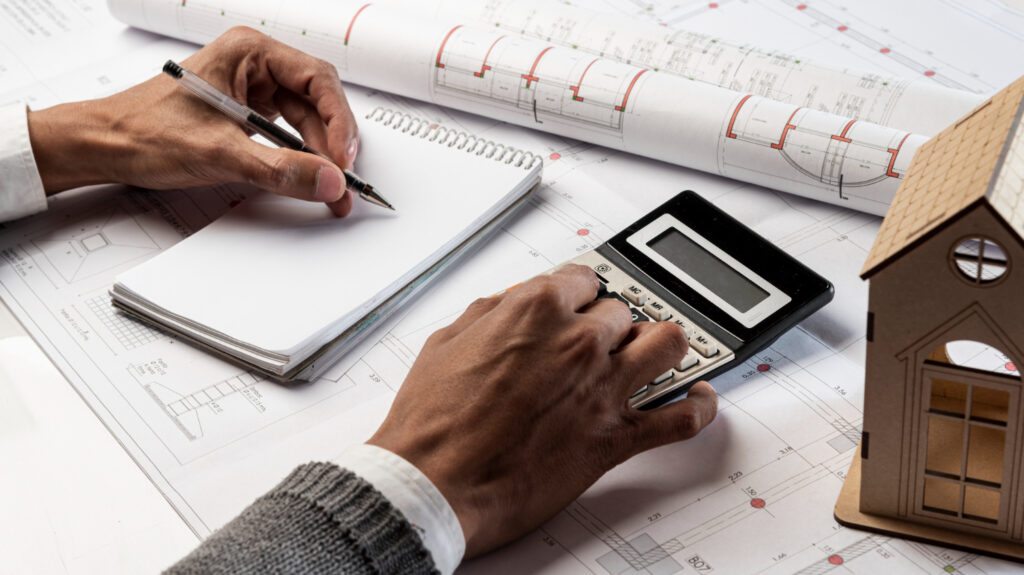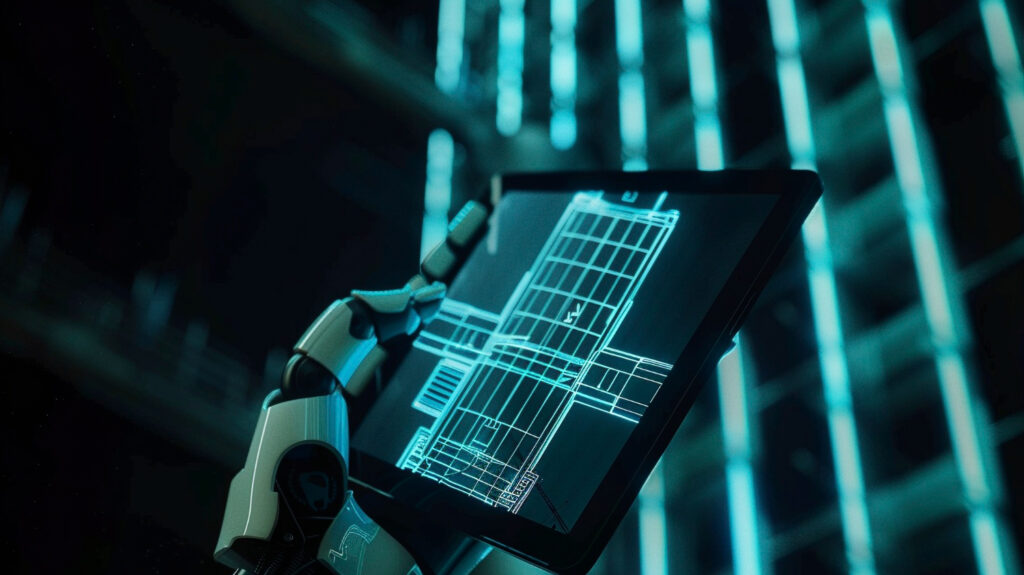The Role of Health and Safety in Construction Projects: Why It’s Not Optional in the UAE
Let’s Get Real: No Project Is Worth a Human Life
When we talk about construction in the UAE — the skylines, the record-breaking towers, the luxury villas — we often speak about ambition, speed, and architectural brilliance.
But behind every concrete pour and steel beam is something more important: the safety of the people making it happen.
Health and safety in construction is not about ticking regulatory boxes. It’s about protecting lives, building reputations, and delivering projects without regret. For developers, investors, and general contractors alike, it’s a moral imperative — and a legal one.
If you’re involved in construction at any level, here’s what you really need to know.
Why Health and Safety Matter in the UAE Construction Sector
The UAE’s construction industry is one of the most dynamic in the world — but it’s also labor-intensive and high-risk. You’re dealing with:
- High-rise works
- Heavy equipment
- Confined spaces
- Heat exposure
- Electrical and mechanical hazards
Every single day.
It only takes one oversight, one shortcut, or one miscommunication to cause harm — or worse.
That’s why the UAE government has zero tolerance for non-compliance.
And why leading developers and contractors — like PRISTINE — go beyond compliance to build a culture of care.
The Legal Framework: Who Sets the Rules?
Health and safety obligations in the UAE are governed by a combination of:
- Federal Law No. 8 of 1980 (UAE Labour Law) – Covers general HSE obligations
- Ministerial Decree No. 32 of 1982 – Construction-specific safety requirements
- Emirate-level regulations (e.g. Abu Dhabi OSHAD, Dubai Municipality HSE guidelines)
- Free Zone safety codes – KEZAD, Masdar, Dubai South, etc., have their own safety frameworks
And let’s not forget: Civil Defence, Environment Agencies, and Municipality Inspectors all have jurisdiction — depending on what’s being built.
Read OSHAD Framework Documents from Abu Dhabi Department of Health & Safety
What Does “Health & Safety” Really Mean On-Site?
It’s not just about hard hats and high-vis vests.
Here’s what a truly safe construction site includes:
- Risk Assessments: Conducted before every activity — from excavation to painting.
- Permit to Work Systems: Especially for high-risk work like hot works or confined spaces.
- Toolbox Talks: Daily safety briefings to align teams on risk awareness.
- Emergency Response Plans: Fire drills, evacuation protocols, and first-aid stations.
- Incident Reporting Protocols: Even near misses must be logged and reviewed.
- Site Access Control: To prevent unauthorized entry and reduce security risks.
And it all needs to be recorded, audited, and reported — regularly.
The Cost of Getting It Wrong
The fallout from safety negligence isn’t just moral — it’s financial, legal, and reputational.
- Site shutdowns by government authorities
- Legal liability under UAE labour and civil law
- Increased insurance premiums or policy cancellations
- Delayed approvals from municipalities or Civil Defence
- Damage to brand equity — especially for high-profile projects
And in tragic cases, criminal liability for management-level staff isn’t out of the question.
What Clients (Yes, You) Should Ask Your Contractor
As a project owner, you’re not expected to be a safety officer — but you should know what to demand.
Ask your general contractor:
- Do you have a dedicated HSE officer on-site?
- What’s your incident record on similar projects?
- How often do you conduct safety audits and PPE checks?
- Are your workers certified in first aid, scaffolding, confined space entry, etc.?
- Can you share your HSE Policy and Risk Management Plan?
At PRISTINE, we welcome these questions — because we’ve built our reputation on doing things the right way.
Safety Culture: It’s What Separates Professionals from Cowboys
There are two kinds of contractors in this region:
- Those who enforce safety to avoid getting fined
- Those who make safety a part of the company DNA
We aim to be the second kind.
That means:
- Training our staff and subcontractors beyond the minimum
- Empowering site supervisors to stop unsafe work
- Rewarding safety compliance, not just production speed
- Designing workflows that prioritize risk avoidance
Because safety isn’t a delay. It’s an investment in delivery.
Bonus: Safety = Productivity
Believe it or not, safer sites are faster sites.
- Fewer injuries = fewer stoppages
- Better planning = fewer reworks
- More confidence = higher morale and smoother execution
In fact, global studies show that investing in construction safety can improve ROI by as much as 5–10% over a project lifecycle.
World Health Organization report on Occupational Safety & Health
How PRISTINE Does It Differently
On our sites, safety is visible from the moment you walk in:
- Entry checklists, ID badges, and induction briefings
- HSE signage in multiple languages
- Weekly drills and monthly reports
- Design-phase safety reviews — so hazards are eliminated before the site opens
We treat HSE officers not as gatekeepers — but as strategic partners in building well.
Final Word: Build Beautifully. Build Safely.
You want to build something that lasts.
That performs. That adds value. That people admire.
But none of it matters if your project isn’t safe — for the people who build it, and those who’ll use it for decades to come.
Health and safety is not about regulation.
It’s about respect — for human life, for workmanship, and for your own reputation.
At PRISTINE, we take that seriously.
Back to the Pillar Article:
What Is General Contracting? A Complete Guide to Construction Excellence in the UAE



